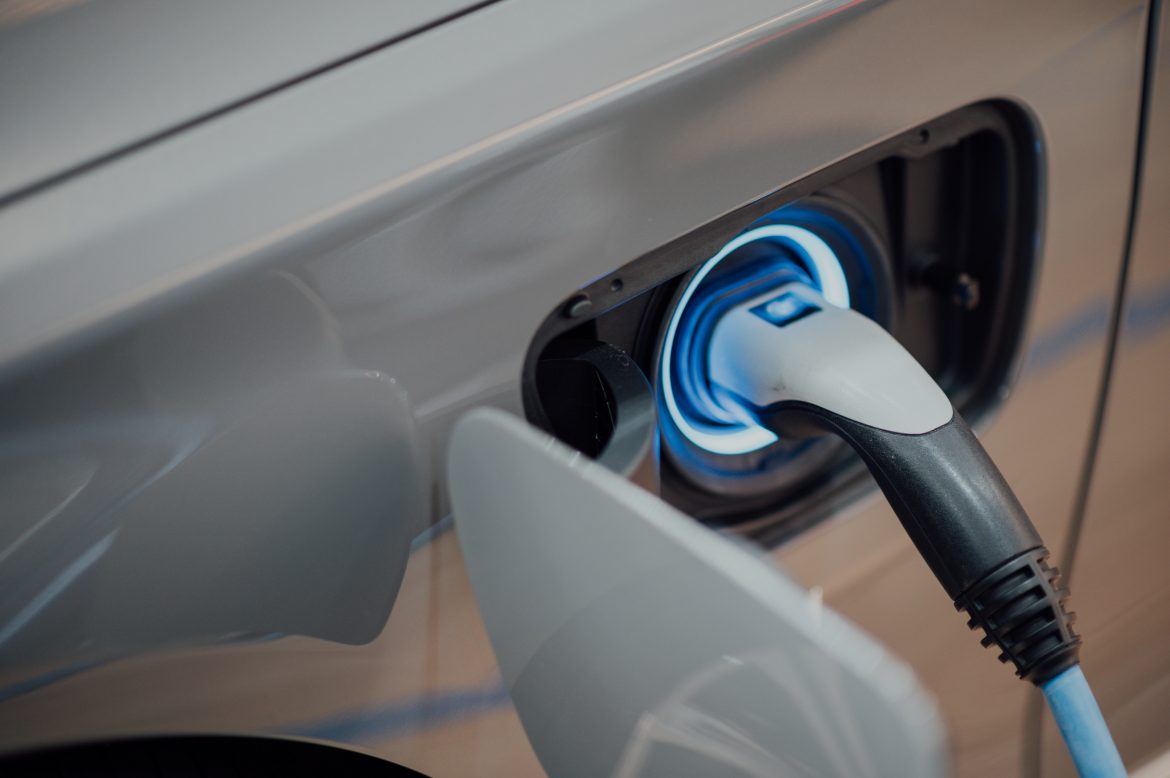Despite the global push towards electrification, a recent study by KPMG highlights that Americans continue to favour traditional gas-powered vehicles over hybrid or electric alternatives, even when offered at the same price and with similar features.
According to the KPMG American Perspectives Survey, only one-fifth of respondents expressed a willingness to purchase an electric vehicle (EV) over a gasoline-powered or hybrid model. This finding comes amidst a global slowdown in EV demand, prompting major automakers like Ford, General Motors, and Mercedes to reevaluate their electric vehicle strategies.
The survey also unveiled a notable gap between consumer expectations and industry executives’ perspectives regarding charging times for EVs during road trips. A staggering 60% of U.S. consumers demand charging times of 20 minutes or less, while only 41% of auto executives believe consumers are willing to wait longer, according to the study.
Furthermore, the research revealed that fewer consumers are likely to pay for self-driving features and in-vehicle entertainment compared to safety systems, Wi-Fi connectivity, and charging locator services. This insight underscores the priorities and concerns of American buyers when it comes to vehicle technology and amenities.
The KPMG American Perspectives Survey, which encompasses automotive insights as part of a broader cross-industry examination of consumer preferences and economic trends, was conducted nationwide among 1,100 U.S. adults.
While the automotive industry continues to invest heavily in electric and autonomous technologies, this study suggests that a significant portion of the American market remains reluctant to embrace these advancements fully. Factors such as range anxiety, charging infrastructure, and perceived value proposition may be contributing to the persistent preference for gasoline-powered vehicles.
As automakers navigate the transition towards electrification and advanced technologies, understanding and addressing consumer concerns and preferences will be crucial. Striking the right balance between innovation and meeting customer demands will be essential for successful adoption and market penetration of alternative powertrain technologies in the United States.



